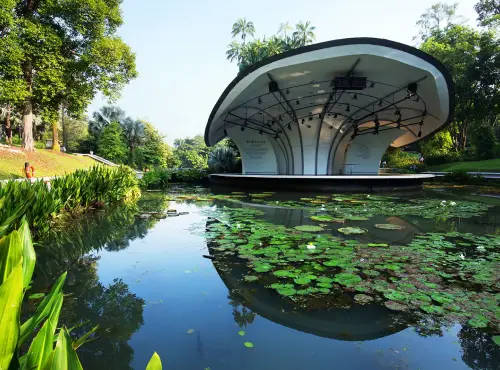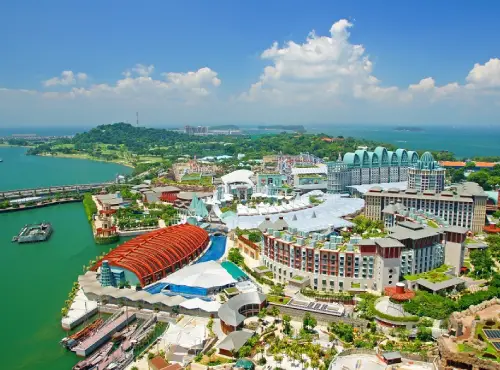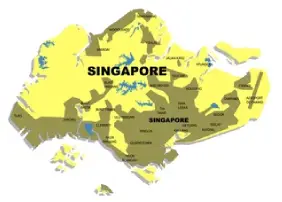History
Ancient history and settlement.
History of Singapore’s Early Age. The island of Singapore has a rich history dating back to the 14th century, known then as Temasek. It was a thriving maritime trading post for the Srivijaya Empire before falling under the influence of various regional powers. In the early 19th century, Sir Stamford Raffles established Singapore as a British trading colony, laying the foundations for its modern development.
Singapore rapidly grew into a significant port city, attracting immigrants from China, India, Malaysia, and beyond. After World War II and a brief period as part of Malaysia, Singapore became an independent republic in 1965. Since then, it has transformed into a global financial hub and one of the world’s most prosperous nations, known for its multicultural society and cutting-edge infrastructure.

Geography


Geography
Urban innovation and natural beauty.
Singapore is a city-state located at the southern tip of the Malay Peninsula, comprising one main island and 63 smaller islands. Covering an area of about 728.6 square kilometres, it is renowned for its efficient urban planning, green spaces, and stunning skyline.
Despite its small size, Singapore boasts a variety of natural and urban landscapes. The Central Business District features iconic skyscrapers, while areas like Marina Bay and Sentosa Island offer leisure and entertainment options. The city is also known for its parks and nature reserves, such as the Singapore Botanic Gardens, a UNESCO World Heritage site, and the lush Gardens by the Bay. Singapore’s tropical rainforest climate ensures year-round greenery, contributing to its reputation as a “City in a Garden.”
